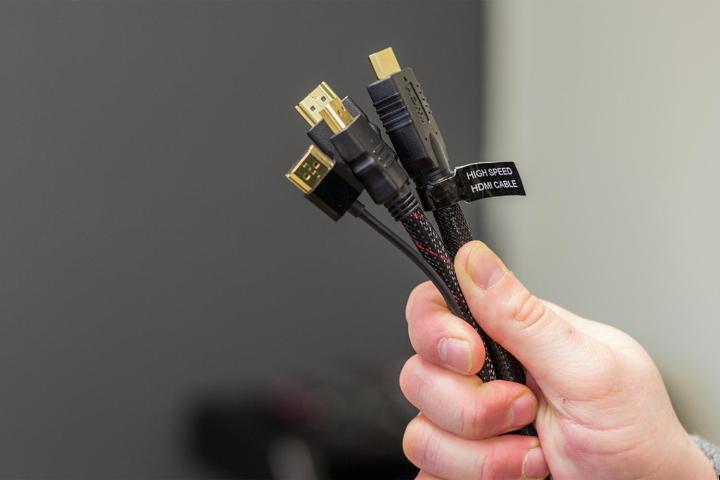
One of the biggest changes is that the new version of the specification features support for 8K resolution at 60 frames per second. If you’ve only just gotten used to 4K, don’t worry, there’s good news for you, too: 4K video with a frame rate of up to 120 frames per second is now supported as well.
While increased resolution has a debatable effect on picture quality, especially at smaller sizes, one thing that has been making a noticeable difference on new TVs is high dynamic range (HDR). The HDMI 2.1 specification also brings increased HDR support, as it now is compatible with Dynamic
While the above features focus on picture quality, the new specification also brings audio-related improvements. Audio return channel (ARC) allows for a more simple solution for setting up your TV with a soundbar or A/V receiver, and the latest version of this, called eARC, keeps the simplicity while adding support for the newest object-based surround sound formats like Dolby Vision or DTS:X.
Not all of the new features are aimed at the home theater crowd. Game Mode VRR features a variable refresh rate, which not only leads to more fluid rendering of gameplay, but can also reduce frame tearing and stuttering. More importantly to gamers, it can also dramatically reduce input lag, making for much more precise control over the game you’re playing.
Many of these features will require new 48G HDMI cables, which allow for bandwidth up to 48Gbps for 8K video with HDR. Fortunately, these cables will be backward compatible, so while you may have to go cable shopping, at least you won’t have to worry about keeping multiple types of cables around.
The HDMI 2.1 specification is expected to be released early in the second quarter of 2017, but as for when we’ll actually begin to see it in products we can buy, it will probably be a while.


